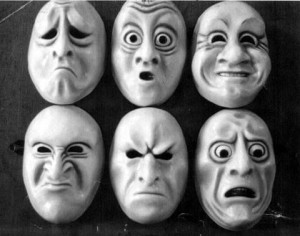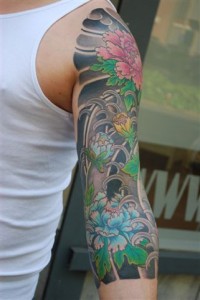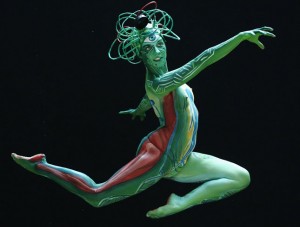The skin is the message 6 – devaluation and shame
This morning I came across a little notice in my newspaper on a research about young people and internet mobbing. The main result of this research is the following: Embarrassing fotos are felt more severe than mockery and ridicule by words. More than half of the surveyed young people who have experience in cyber-mobbing suffer from unauthorized fotos and video clips in the internet, when these fotos or videos are used in a mockery manner. This is also experienced as a deep humiliation and a loss of trust.
In contrast to this, mockery by words, insults and verbal threats are only experienced by 25 % of the young people as deeply embarrassing. One conclusion out of this survey can be the following: people, especially young people, feel more unsecure and helpless thus much more struck on a nonverbal level than on a verbal level. They feel obviously more safe and more resistant on the verbal level than on the body level.
On the other hand they know very well the importance of the nonverbal level. And they operate there in an effectual and convincing way. Convincing here means, in a cruel way. Well, realising this, can bring up the idea to be more careful on the nonverbal level, to be more sensitive by using the body language as an important and direct approach to the other.
I wonder what kind of results there would be in other countries, mainly in China, Japan or so.
Read More






